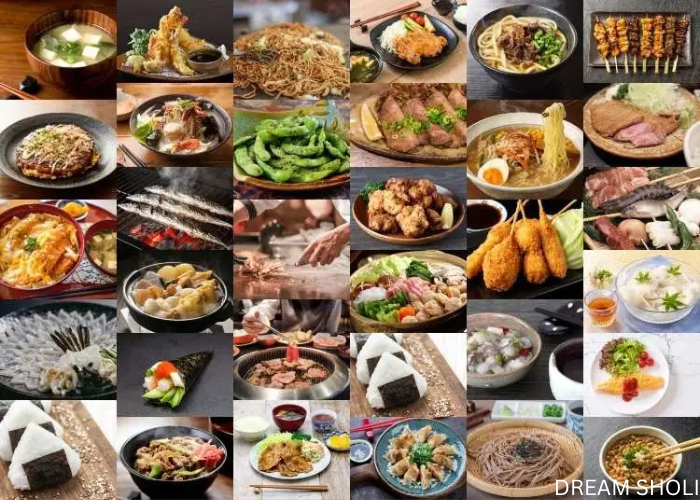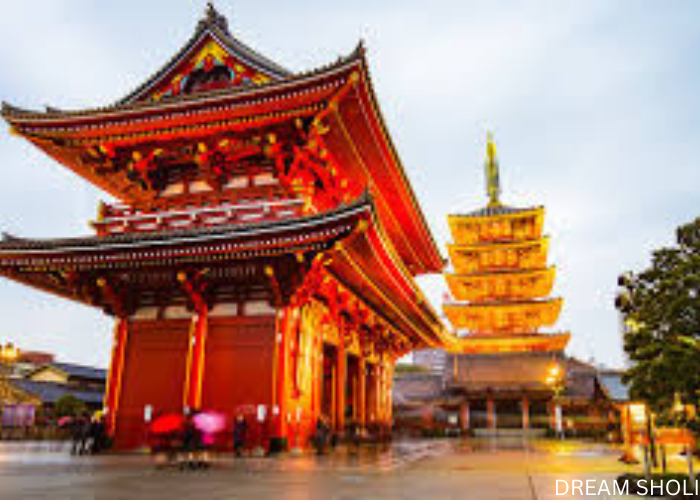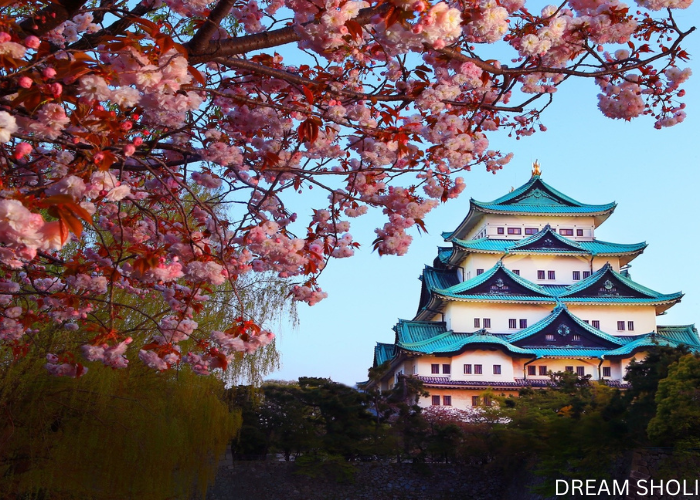
Japan is an archipelago of nearly 7,000 islands, with its four largest—Honshu, Hokkaido, Kyushu, and Shikoku forming the main hubs of its vibrant society. Japan is celebrated for its rich cultural heritage, reflected in iconic landmarks like Kyoto’s centuries-old temples, Tokyo’s bustling neon-lit districts, and Hiroshima’s Peace Memorial, a solemn reminder of the city’s history. Known for its meticulously preserved customs, Japan hosts a variety of traditional arts, from tea ceremonies and ikebana (flower arranging) to Noh and Kabuki theater. The country also has a thriving culinary scene famous for sushi, ramen, and tempura, with each region boasting unique dishes and local specialties. Beyond the cities, Japan’s landscapes range from snow-capped mountains and lush forests to coastal beauty, with Mount Fuji standing as a beloved national symbol. Japan experiences four distinct seasons, with cherry blossoms in spring and autumn foliage drawing tourists from around the globe. A pioneer in technology, Japan also leads in robotics and electronics, creating an intriguing juxtaposition between ancient customs and innovative trends. Known for its cleanliness, efficiency, and hospitality, Japan offers visitors an unforgettable experience, whether exploring urban hubs, serene countryside, or cultural sites.
Generally, Japan enjoys four distinct seasons, each bringing its own unique beauty and experiences. Winters, especially in the northern regions like Hokkaido, can be quite harsh, with heavy snowfall and cold temperatures perfect for winter sports, making the region a renowned destination for skiing and snowboarding. Meanwhile, in the southern islands like Okinawa, winters are mild and warm. Spring (March to May) is one of the most celebrated seasons, as cherry blossoms (sakura) bloom across the country, drawing both locals and tourists to parks and gardens for hanami (flower-viewing) gatherings. Typhoons may also pass through Japan during late summer, especially affecting the southern islands. Autumn, from September to November, is another popular season marked by cooler, comfortable temperatures and vibrant red and gold foliage, especially in mountainous and forested areas.

Japan’s food and culture offer a fascinating blend of tradition, artistry, and innovation, deeply rooted in centuries-old practices and yet continually evolving. Japanese cuisine is celebrated globally for its precision, aesthetic presentation, and seasonal ingredients, emphasizing freshness and umami flavors. Iconic dishes such as sushi, tempura, and ramen highlight regional variations and the artful simplicity of Japanese cooking, while kaiseki—a multi-course meal showcasing seasonal specialties—reflects the country’s dedication to culinary refinement. Japanese street food, like takoyaki (octopus balls) and yakitori (grilled skewers), brings a more casual, communal aspect to the dining experience, especially during festivals and at bustling food markets. Japanese culture is rich with respect for nature, tradition, and community, seen in practices like tea ceremonies, ikebana (flower arranging), and calligraphy. Festivals such as Gion Matsuri in Kyoto and Nebuta Matsuri in Aomori bring ancient customs to life with vibrant processions and artistry, while celebrations like hanami in spring and momiji-gari in autumn honor Japan’s appreciation for nature’s seasonal beauty. Japan’s unique blend of tradition and modernity is also evident in its fashion, architecture, and technology, where centuries-old temples stand alongside skyscrapers and where kimonos are worn with pride even in bustling urban centers. The warmth and hospitality of Japanese people, rooted in the values of harmony and politeness, add to the country’s cultural richness, making Japan a memorable and captivating destination for visitors.


Known for its towering skyscrapers, neon-lit districts, historic temples, and tranquil parks, Tokyo offers a multifaceted experience that attracts millions of visitors each year. At the heart of the city lies the Imperial Palace, surrounded by serene gardens that provide a glimpse into Japan’s royal heritage. Tokyo is also home to historic sites like Senso-ji Temple in Asakusa, Japan’s oldest temple, and Meiji Shrine, nestled within a peaceful forested area despite being close to the shopping and entertainment district of Harajuku. Shibuya, famous for its iconic crossing, is a hub of fashion and youth culture, while Shinjuku is known for its nightlife, bustling business centers, and the expansive Shinjuku Gyoen National Garden. Tokyo is a city of culinary wonders, offering everything from Michelin-starred restaurants to street food. Japanese cuisine staples like sushi, ramen, tempura, and wagyu beef can be found in countless restaurants across the city, alongside international cuisines. Tokyo’s efficient public transit system, including its extensive subway network, makes it easy to explore, and its airports, Narita and Haneda provide excellent connectivity to destinations around the globe. Tokyo is served by two major international airports: Narita International Airport and Haneda Airport. Narita, located approximately 60 kilometers east of central Tokyo, primarily handles international flights and acts as the main gateway for long-haul travelers arriving from across the globe. Haneda Airport, closer to Tokyo’s city center, serves as the primary hub for domestic travel, though it has also expanded its international services in recent years, positioning itself as a convenient choice for business and leisure travelers alike.


Fukuoka has a long history of trade and cultural exchange due to its coastal location, and this history is reflected in its vibrant atmosphere and cultural diversity. Historic sites like the ruins of Fukuoka Castle and the ancient Dazaifu Tenmangu Shrine—dedicated to the deity of learning—offer a glimpse into the city’s past. Modern attractions, such as the sleek Canal City shopping complex and the Fukuoka Tower with panoramic views of Hakata Bay, blend seamlessly with these historical landmarks. The city’s accessibility is one of its highlights, with Fukuoka Airport (FUK) conveniently located just a few kilometers from the downtown area, making it one of the most centrally located airports in Japan. This proximity allows travelers to easily reach the bustling city center in minutes, enhancing Fukuoka’s appeal as a quick and dynamic getaway.
As the capital of Aichi Prefecture, it plays a significant role in Japan’s manufacturing industry, particularly in automotive and robotics, housing the headquarters of prominent companies such as Toyota. The city is well known for its blend of traditional and modern attractions, offering visitors a chance to explore Nagoya Castle, a restored fortress with beautiful surrounding gardens, as well as the Osu Kannon Temple and the Atsuta Shrine, which is one of Japan’s most revered Shinto shrines. Nagoya’s modern side is represented by its bustling Sakae district, a commercial and entertainment area with department stores, restaurants, and Nagoya TV Tower, which offers panoramic views of the city. Chubu Centrair International Airport, located on an artificial island in Ise Bay, connects Nagoya to numerous domestic and international destinations, positioning it as a strategic travel hub for both leisure and business travelers. The airport’s design reflects traditional Japanese architecture, offering scenic views of the bay and a range of amenities that include onsen (Japanese hot spring baths), shopping arcades, and restaurants featuring local delicacies. This combination of industry, culture, and convenient international connectivity makes Nagoya a pivotal and appealing city within Japan.


Explore the world effortlessly with our tailored travel packages. Let us handle the details while you create unforgettable memories.
Copyright 2024 Dream Sholi